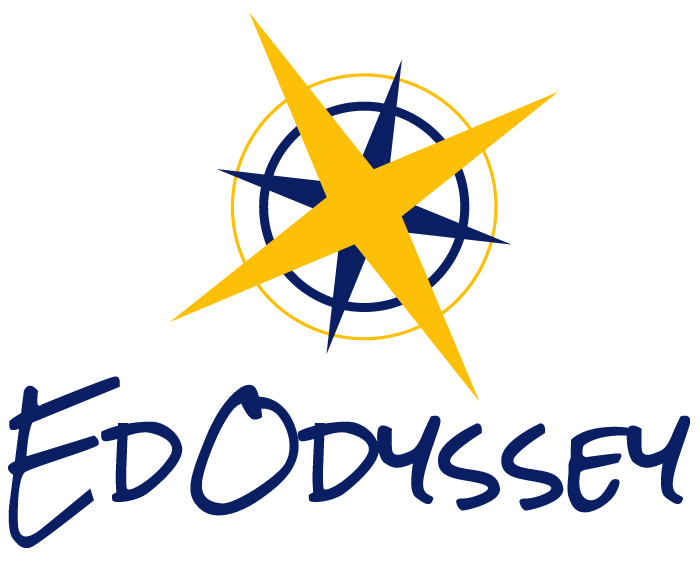Blog
Student Immersion Experience in Lima, Peru: Liam Grady
My name is Liam Grady and I as I prepare to graduate from Saint Rose in New York this May, I’d like to give you an idea about how my summer immersion trip to Peru changed my perspective, challenged beliefs/possible biases, and just opened my mind to the beauty that is present throughout the world.
Understanding The Keys of Peruvian Culture: Landscape and Diversity
Our desire to share Peru’s unique beauty with the world comes from our own life-changing experiences there, and we believe that it will change yours too.
Search previous blogs here.

